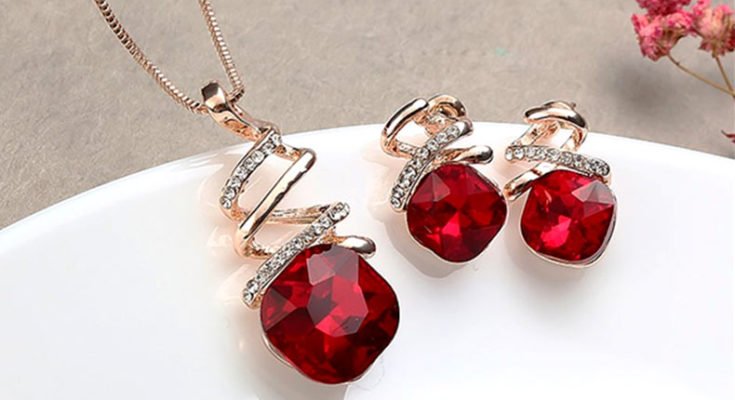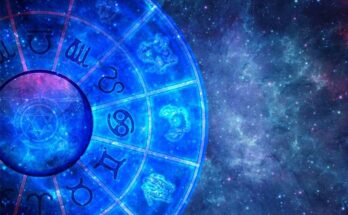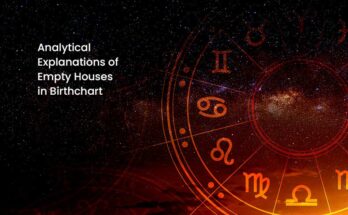Ruby and their Natural Resources. Image Courtesy – Gempundit
As one of the most valuable gemstones, ruby fascinates and attracts the attention of gem connoisseurs and lovers alike. Whether you need a precious gift for your loved one or looking to enter the covenant of matrimony with a valuable stone of love, it is the perfect choice for you. Due to its association with the planet sun, rubies bless their possessor with confidence, unrelenting energy, and great health.
Rubies belong to the same mineral family of corundum as the sapphires. Elements like chromium, titanium, and ferric oxide vary their color from pinkish to brownish red. But, pigeon blood red is the true color of natural and pure ruby gems. When you set out to buy a ruby stone, it is essential to know about the types of this gem available in the market. They include:
Burmese Rubies
Rubies, mined in Burma or Myanmar, are excellent in terms of all the quality factors. They have a brilliant deep red color and natural clarity that set them apart. Every stone from the mineral corundum family has inherent blemishes and flaws that occur naturally. But, you can find eye-clean stones that have no visible scratches, marks, or inclusions in them.
Burmese rubies are the most flawless variety that can fetch a higher original ruby price as well. For identifying rubies from Myanmar, you can look closely at the body of the stone to find smudge marks that prove its originality.
Read: Know the benefits of wearing Cats Eye gemstone
Thailand Rubies
In the southeast of Bangkok, there are many ruby mines that produce the second most coveted variety of this gemstone. Due to the combination of iron and chromium in their composition, these rubies have a darker color than the Burmese variety. Some Thai rubies may also have traces of brown color.
Tanzanian Rubies
Rubies are extensively mined in the Songea area of Tanzania. The color of these gemstones is quite different from other high-quality rubies. They have an appearance similar to the hessonite stone. But, rubies from Tanzania are less flawed and cleaner to look at. As the size of the stone increases, you will notice the diminishing effect on its color intensity. Hence, Tanzanian rubies of smaller size are more valuable than the bigger stones.
Madagascar Rubies
Madagascar is a relatively new origin of ruby stones. Vatomandry and Andilamena are the two primary mining regions for rubies in the country. Here, the rubies are extracted in a unique variety of igneous rocks. They range in colors from pure red to orangish red and pinkish shades.
Afghanistan Rubies
Ruby gems have been mined in Afghanistan since the first century. The mines in Jagdalek and Badakshan regions are known to produce the highest qualities of this gemstone. Rubies from Jagdalek range from a faint red to a deeper color with special qualities that aren’t found elsewhere in the world.
In every form and variety, ruby exudes an unfailing charm and aura. They offer love and protection when you need them the most. From Vedic astrology to western beliefs, this gemstone holds a commanding position in the universe of gems.
However, every region produces several qualities of the gemstone. You have to pick a genuine stone that ticks all the right boxes on quality parameters. From their cut to color and clarity, take a closer look at every aspect of the gem for quality assurance.
How to Determine the Quality of Rubies?
Rubies command higher prices than most gemstones. But, these prices also rely on the specific quality factors found in each stone. Stones mined from a single region may break the auction records or fetch the lowest prices due to this reason. You have to determine ruby properties to find the right value for your money. Here are some ways to help you.
Look at the Color
The price of ruby largely depends on the intensity of their color. The finest variety of this gemstone comes in vibrant and pure shades of red. Stones with overtones of purple and orange may also fall in the category of original rubies but they get lower prices.
When buying this gemstone, check if the color is too dark or too light. Neither is the right choice. You should instead look for a stone that has a medium tone with a deeper hue and deep red color. Remember, rubies with too light a color are actually pink sapphire. The latter is a different gemstone belonging to the same mineral class.
Determine the Clarity
Typically, rubies have inherent inclusions that may or may not be visible. Obvious or visible flaws can reduce the brightness and transparency of the stone. Such rubies get a lower price in the market. On the other hand, if the stone is visibly clean, it is available at a higher price than ruby. Most importantly, look at the surface fractures that can cause durability issues in the stone. Such varieties are valueless and have no astrological benefits as well.
Find the Right Cut
Due to their unique crystal shape, rubies are available in some specific shapes only. Most commonly, you will find a tabular hexagonal shape in this gemstone. But, if you want a fancy cut like a cushion, triangular facet, step-cut pavilion, or square, you may have to pay a higher price as well.
That’s because it leads to more precision and wastage of crystal while cutting the stone. You may not find fancy cuts in large sizes due to the same reasons. Cutters are very careful to conserve the maximum weight of the stone due to its higher price tag and rarity.
Whatever quality or type of stone you choose, make sure to buy only genuine variety from a place like Gempundit. Markets are inundated with fake sellers offering treated or lab-created rubies at dirt-cheap prices. You should stay away from such sellers and use your better judgment to buy the best gem for your money.
Reputed sellers not only offer tested and proven stones but also back their claims with gemology lab certificates. Rubies are expensive and rare. So, don’t fall into the trap of cheap prices and lose your money. If you want to gain the true benefits of this stone, lay your trust in a seller having a positive reputation and a reliable e-commerce website to facilitate the buying process.




